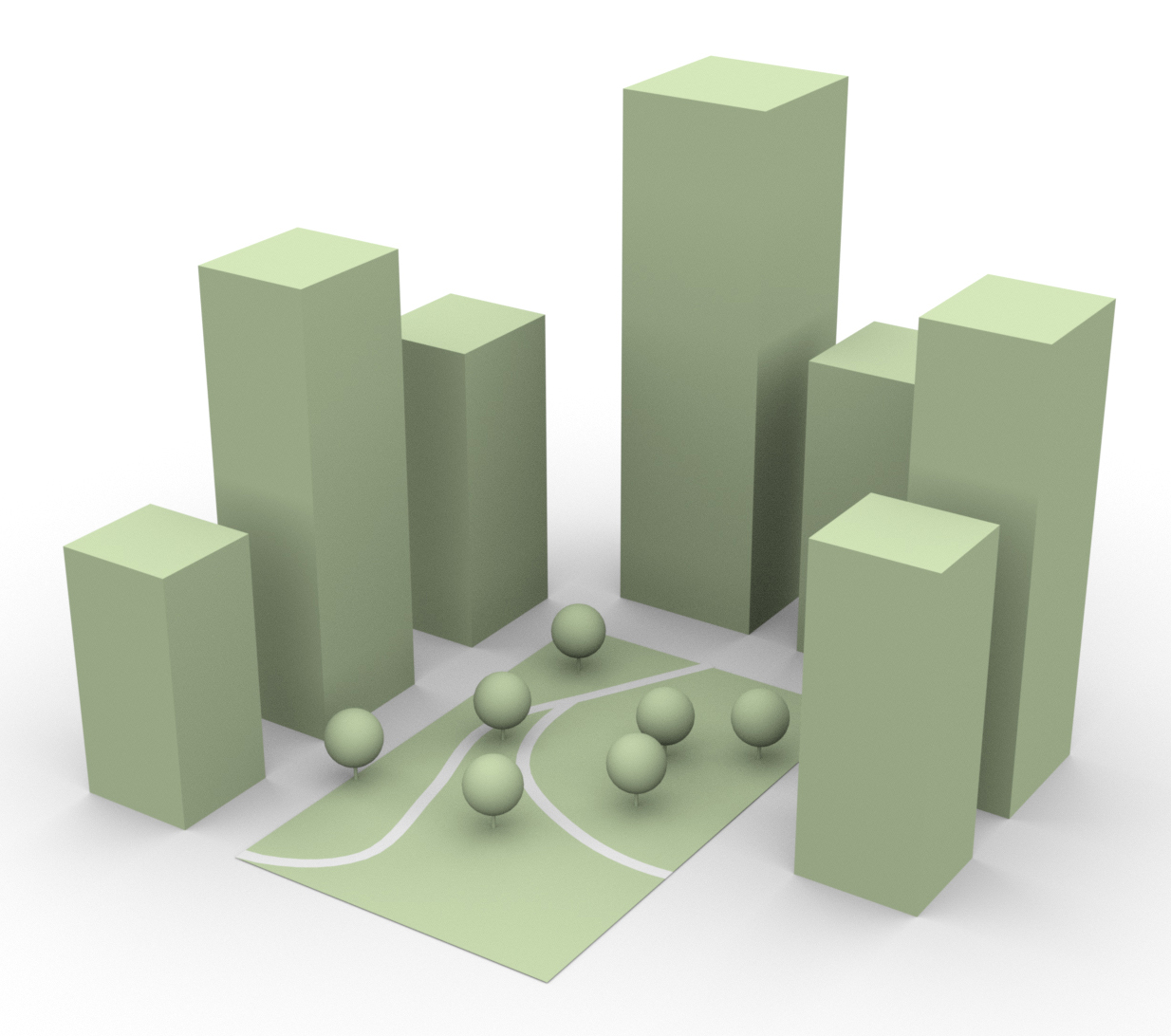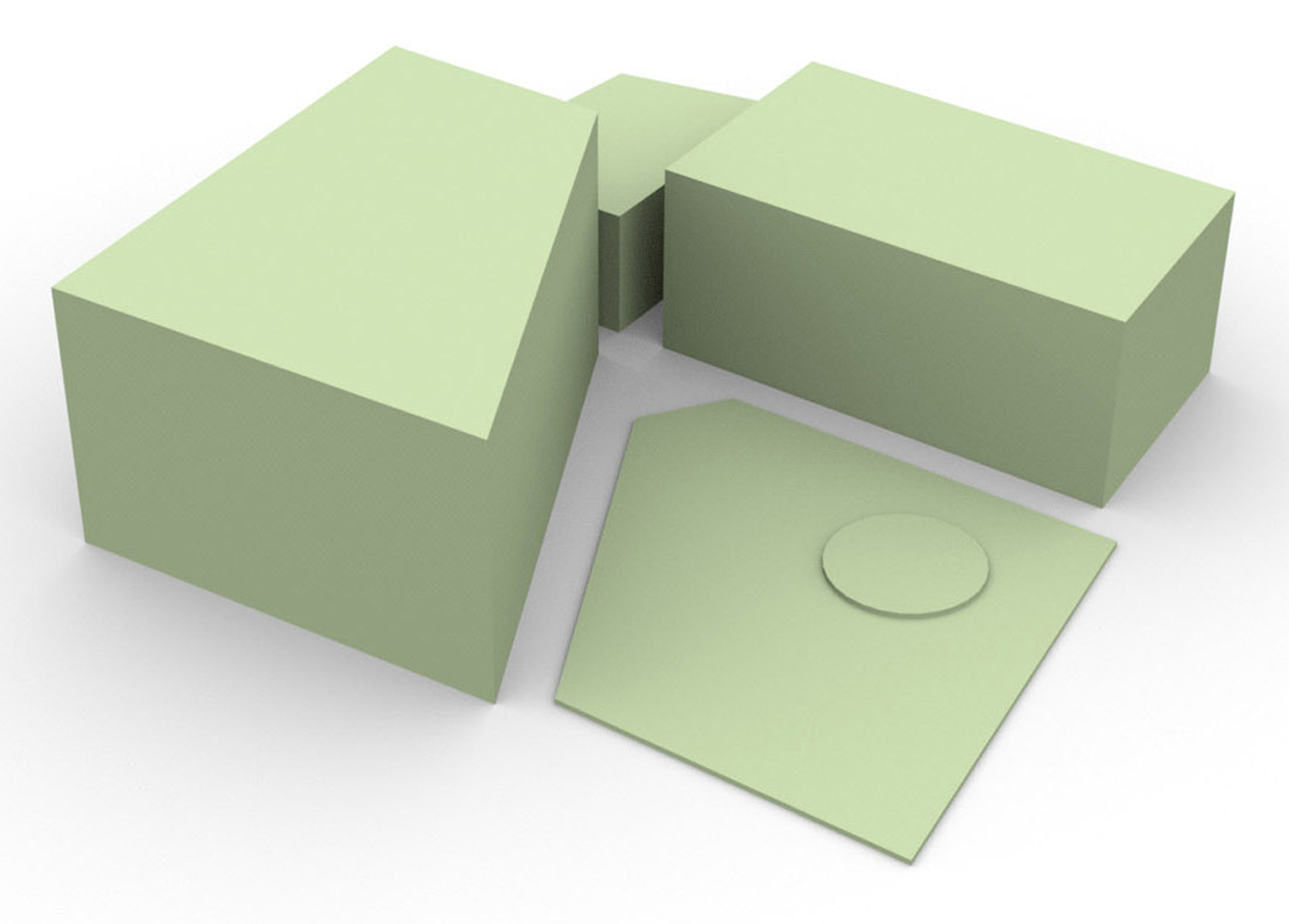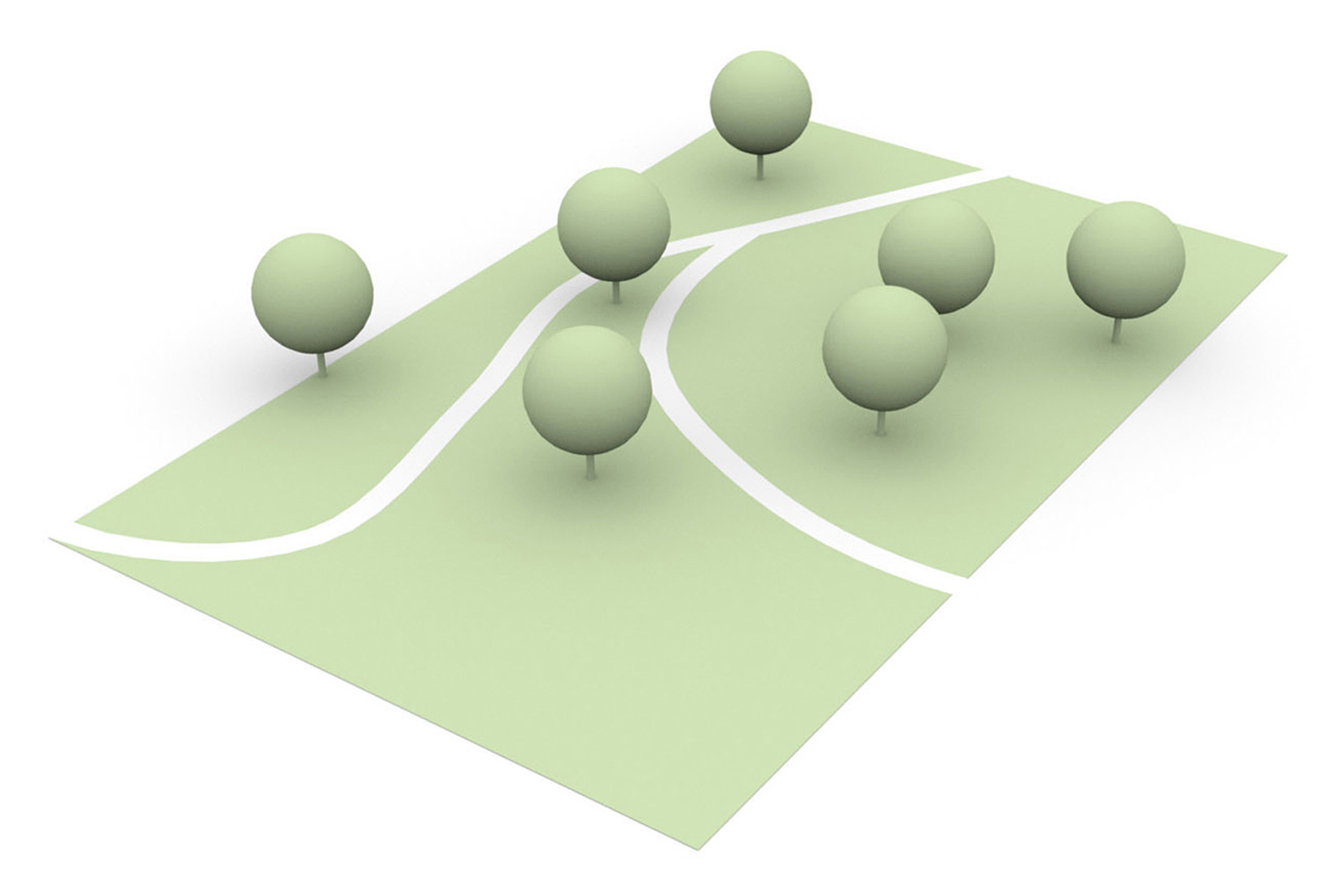Difference between revisions of "Open and civic space"
Jump to navigation
Jump to search

| Line 64: | Line 64: | ||
== Security Issues == |
== Security Issues == |
||
* What are the security issues an urban planner needs to consider when assessing or planning open/civic space or social facilities? |
|||
* What issues are unique to each representative urban object? |
|||
== Measures == |
== Measures == |
||
Revision as of 15:40, 19 December 2012
Contents
Open and civic space

Open and civic space encompasses the public realm, urban squares and public parks and recreation space.
Description
Open space, for the purposes of urban Securipedia, is broken into the following archtypes:
| Type of open and civic space | Description | Icon |
|---|---|---|
| Public realm | the public realm is defined as public space including streets, pathways, parks, publicly accessible open spaces and any public/civic building and facilities. |  |
| Urban squares | A planned open public space, usually rectangular in shape with clearly defined borders. These locations usually have significant footfall as public meeting places, concerts, markets or public rallies. |  |
| Public parks and recreation space | Recreational space in the urban environment encompasses those areas which are publicly accessible and conducive to citizens refreshing their mind or body through passive or active activity. Recreation space can broadly be grouped as formal (e.g. playing fields, tennis courts, etc), informal (e.g. city parks, linear river walks, incidental open space within residential schemes, etc) and children's playing space (e.g. playgrounds). |  |
Hereinafter, wherever an aspect specific to one of these archetypes is described, the corresponding icon will be displayed.
Functions
Social
- Contribute to community health and well being – physical and mental health and quality of life;
- Enhance the public realm;
- Passive and active recreation, including relaxation and children’s play;
- Role in reducing crime and vandalism, and in developing stable communities;
- All-inclusive: regardless of age, gender, mobility, ethnic origin or social class;
- Social contact and integration, not least in underprivileged neighbourhoods.
Economic
- Important attractor for major enterprise is a quality urban environment (for staff, etc) – enhancement and attracting business and industry;
- Protection of property values (urban objects);
- Natural capital;
- Cost-benefit analysis of open space, and quantum necessary per capita;
- Role of open space in the (socio) economic development of the urban environment (factors which are important – this could be compared with the measures to address security issues to check that these factors are not compromised);
- Tourism.
Mobility
- Good access encourages use of facilities – public transport is encouraged;
- Align the scale of open space with the level of attraction and accessibility (e.g. a large regional park should be proximate to a major transport interchange to facilitate use and visitation by large numbers);
- For sports stadia – large crowds travelling by all modes.
Safety
- Navigation routes between urban objects;
- Meeting points;
- Passive surveillance of public areas;
- Passive surveillance of urban objects.
Security Issues
- What are the security issues an urban planner needs to consider when assessing or planning open/civic space or social facilities?
- What issues are unique to each representative urban object?
Measures
Footnotes and references
MAP
<websiteFrame> website=http://securipedia.eu/cool/index.php?concept=<replace with pagename> width=100% border=0 scroll=auto align=middle </websiteFrame>
<headertabs/>